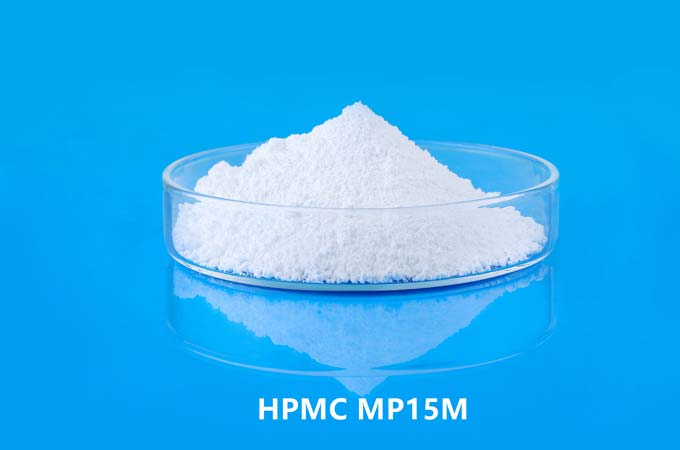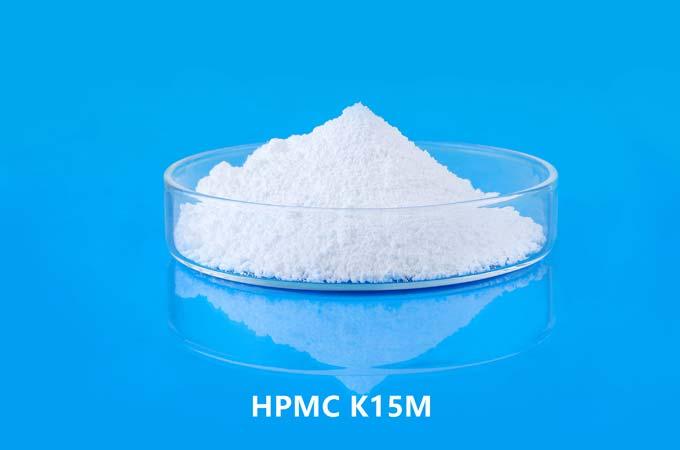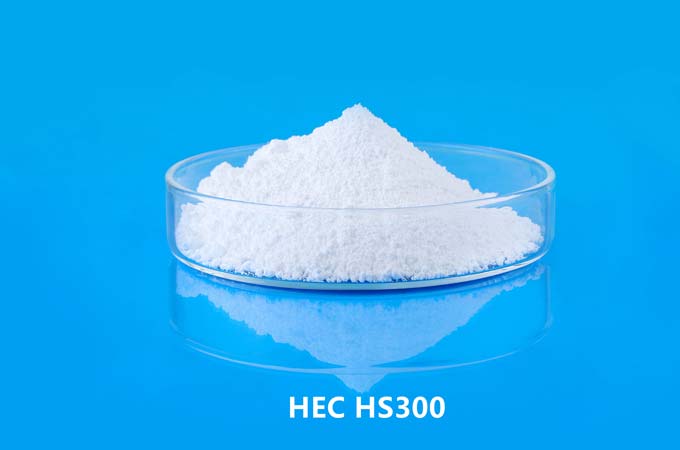Kima Chemical is a trusted HPMC manufacturer and supplier in China. We provide HPMC for wall putty that reduces water loss when pouring out cement and lowers the density.
1.Introduction
Wall putty is an essential construction material used for preparing the walls before painting or applying wallpapers. It not only enhances the appearance of the walls but also plays a crucial role in providing a smooth and durable surface for finishing. Hydroxypropyl Methylcellulose (HPMC) is a key ingredient in wall putty, contributing to its performance and application characteristics. This comprehensive guide will delve into the details of HPMC for wall putty, covering its properties, functions, benefits, and applications.

2.What is HPMC?
Hydroxypropyl Methylcellulose (HPMC) is a synthetic polymer derived from cellulose, a natural polymer found in plant cell walls. It is commonly used in various industries, including construction, pharmaceuticals, and food, due to its versatile properties. HPMC is a water-soluble compound that can be modified to suit different applications.
3. HPMC Specifications For Wall Putty
HPMC Specification | Specification |
Physical form | White to off-white powder |
Methoxy | 19.0-24.0% |
Hydroxypropoxy | 4.0-12.0% |
Moisture | Max.6% |
PH | 4.0-8.0 |
Viscosity Brookfield 2% solution | 38000-55000mPa.s |
Viscosity NDJ 2% solution | 80000-120000mPa.S |
Ash content | Max5.0% |
Mesh size | 99% pass 100mesh |
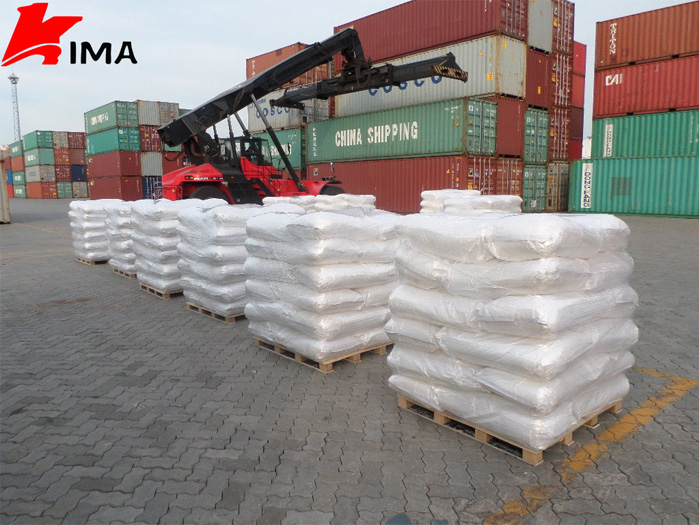
4.Properties of HPMC
HPMC has several properties that make it an ideal ingredient in wall putty:
a. Water Retention: HPMC has excellent water retention properties, which help in maintaining the required moisture level in wall putty. This is essential for proper curing and adhesion to the substrate.
b. Thickening Ability: It can act as a thickener in wall putty formulations, improving the consistency and workability of the product.
c. Binding and Adhesion: HPMC enhances the adhesion of wall putty to various substrates, ensuring it sticks well and provides a smooth finish.
d. Open Time: HPMC extends the open time of wall putty, allowing for easier application and adjustment.
e. Improved Workability: It improves the workability of wall putty, making it easier to spread and achieve a uniform thickness.
f. Setting Time Control: By adjusting the type and amount of HPMC, the setting time of wall putty can be controlled, which is crucial for different weather conditions and application scenarios.
5.Functions of HPMC in Wall Putty
HPMC serves several critical functions in wall putty formulations:
a. Water Retention: HPMC retains water, preventing rapid evaporation. This ensures proper curing of the wall putty and promotes better adhesion to the substrate.
b. Improved Consistency: It acts as a thickening agent, improving the consistency of the putty, making it easier to apply, and reducing sagging or dripping.
c. Enhanced Adhesion: HPMC improves the adhesion of wall putty to a variety of surfaces, including concrete, plaster, and wood.
d. Workability: It enhances the workability of wall putty, making it easier for the applicator to achieve a smooth and uniform surface.
e. Open Time Extension: HPMC extends the open time of the putty, allowing for more flexibility during application.
f. Setting Time Control: The type and quantity of HPMC used can help control the setting time of the putty to adapt to specific project requirements.
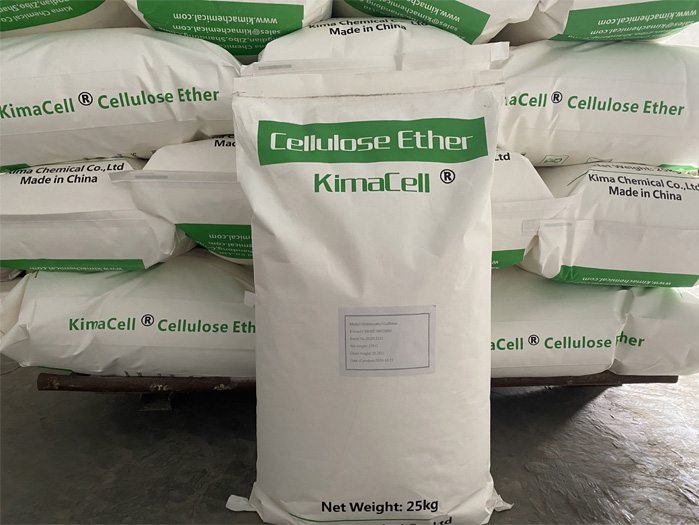
6.Benefits of Using HPMC in Wall Putty
The inclusion of HPMC in wall putty offers several advantages:
a. Improved Durability: HPMC helps create a stronger and more durable bond between the wall putty and the substrate.
b. Enhanced Workability: It makes wall putty easier to work with, reducing labor and time.
c. Smooth Finish: The use of HPMC results in a smoother and more even surface, providing a better base for painting or applying wallpaper.
d. Versatility: Wall putty with HPMC can be used on various substrates, including concrete, plaster, and wood.
e. Reduced Shrinkage Cracks: HPMC can minimize shrinkage cracks, resulting in a more aesthetically pleasing finish.
f. Resistance to Weathering: The durability and weather resistance of the wall putty are enhanced when HPMC is incorporated.
g. Improved Water Retention: HPMC ensures that the wall putty retains adequate moisture during the curing process.
h. Cost-Effective: While it adds value to the product, the use of HPMC can ultimately reduce costs by improving workability and reducing rework.
7.Applications of HPMC in Wall Putty
HPMC is used in a wide range of wall putty applications, including:
a. Interior Wall Putty: HPMC is an integral component of interior wall putty formulations, providing a smooth finish for painting or wallpaper.
b. Exterior Wall Putty: It is also used in exterior wall putty to enhance the durability and resistance to weathering.
c. Textured Wall Finishes: HPMC can be incorporated into textured wall finish formulations to improve adhesion and workability.
d. Repair and Restoration: HPMC is used in repair and restoration compounds for damaged walls and surfaces.
e. Decorative Wall Coatings: Decorative wall coatings that require a smooth and even surface can benefit from the addition of HPMC.
8.How to Use HPMC in Wall Putty
The use of HPMC in wall putty involves several steps:
a. Selection of HPMC Type: Choose the appropriate type of HPMC based on the specific requirements of your wall putty formulation.
b. Mixing: Blend the HPMC thoroughly with the other dry ingredients of the wall putty, such as cement, filler, and additives.
c. Add Water: Gradually add water to the dry mix while stirring continuously. Ensure that the HPMC is evenly distributed throughout the mixture.
d. Mixing Time: Continue mixing until the wall putty reaches the desired consistency, ensuring there are no lumps.
e. Application: Apply the wall putty to the substrate as per the manufacturer's instructions, using appropriate tools and techniques.
f. Curing: Allow the putty to cure as required, maintaining the necessary moisture levels for proper curing.
9.Conclusion
Hydroxypropyl Methylcellulose (HPMC) is an important ingredient in wall putty, offering numerous benefits for construction projects. Its water retention, thickening ability, adhesion enhancement, and workability improvements make it a valuable component in both interior and exterior wall putty formulations. By incorporating HPMC, wall putty becomes more durable, easier to work with, and provides a smoother finish, contributing to the overall success of a construction project. Careful selection and usage of HPMC can lead to superior wall putty applications and better results in wall finishing.
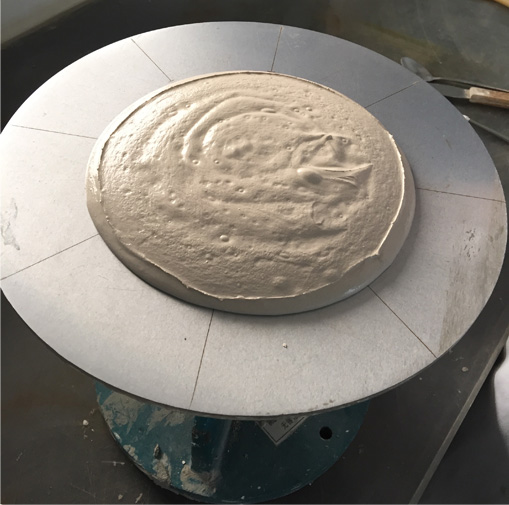
10. Choose a High-Quality HPMC Supplier
Selecting a high-quality Hydroxypropyl Methylcellulose HPMC supplier is crucial to ensure that you receive a reliable and consistent product for your construction, wall putty industry needs.
Kima Chemical is China's leading construction additives chemicals manufacturer and supplier, specializing in cellulose ethers, and RDP powder.
 English
English 日本語
日本語 français
français Deutsch
Deutsch Español
Español italiano
italiano русский
русский português
português العربية
العربية Türkçe
Türkçe Nederland
Nederland




